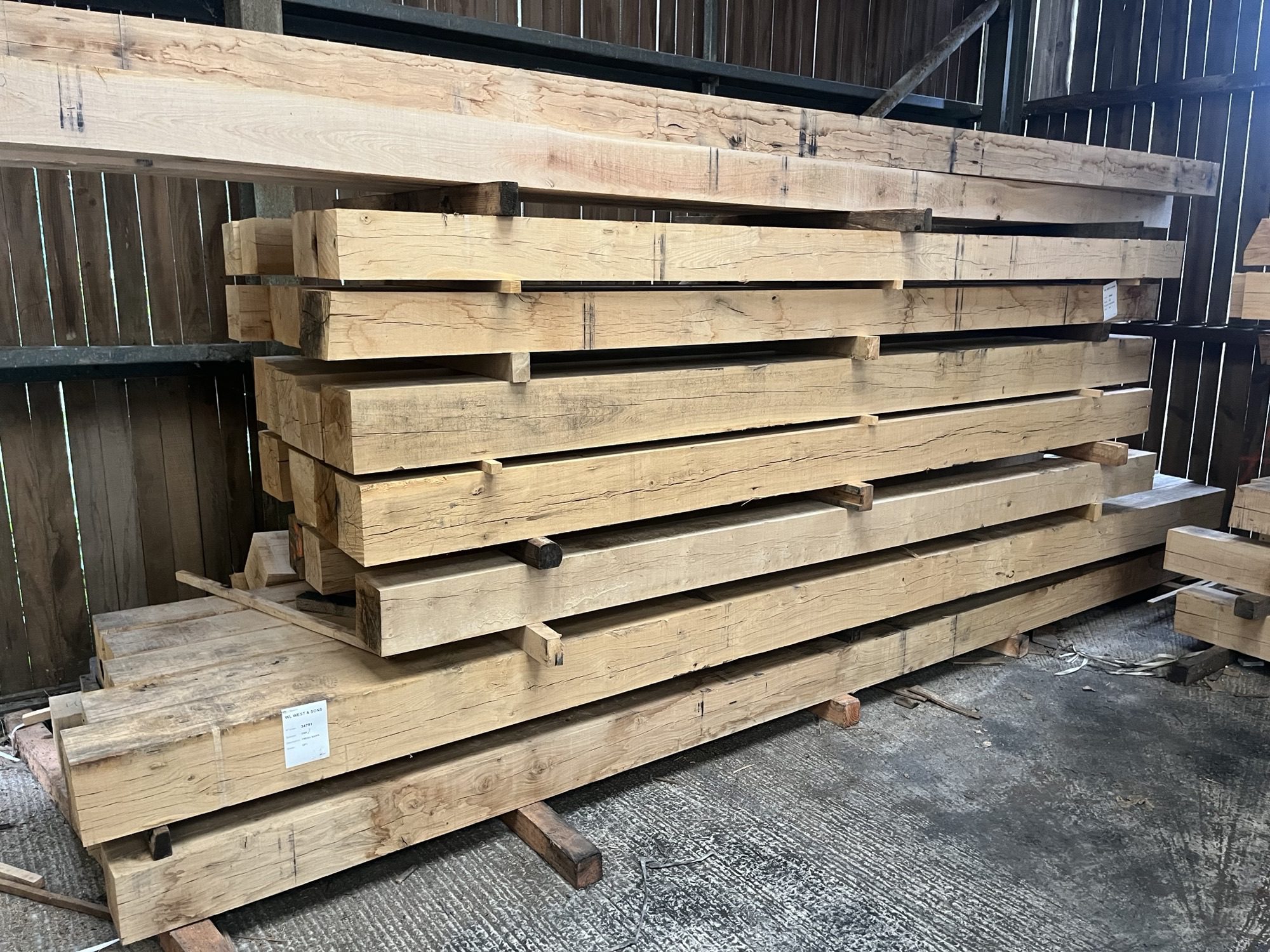In the timber trade it has always been important to understand the differences between species and end use applications. Moreover, one of the most important ways to select a timber for the job is to consider its strength merits when compared and contrasted with other species.
Timber Strength and Grading
Timber strength and grading started to appear after the First World War. It was to ensure that timber was adequate for rebuilding, thus establishing the British Standards. The British timber industry started taking timber science into a real context in 1934, when TRADA was formed (latterly BM TRADA). Therefore, BM TRADA exists to help make certain that the materials, products and processes that they test, inspect and certify for their customers are always safe, quality, compliant and fit for purpose.
Introducing timber standards
The standard was there to compare one species with another through the same set of criteria of mechanical strength testing, at a moisture content of approximately 12%. Over time, this developed with amendments to BS EN 3381912:2004 and BS EN 1912:2004.
The strength classes were decided upon as a result of laboratory testing on clear perfect samples. The D grading is technically and mechanically done to build up a comparable picture against other hardwood species. D denotes Deciduous and C gradings are for Coniferous softwoods C16 > 24.
These tests include:
- Shear
- Crush parallel and perpendicular to the grain
- Compression
- Tension parallel and perpendicular to the grain
- Torsion
- Bending modulus of elasticity mean and maximum.
Using these tests, European oak (Quercus robur) is graded as D30, Beech as D35, Ash as D40 along with familiar timbers like Iroko, Red Oak and Sapele, Opepe D50 with American white oak (which surprises a lot of timber technologists), Purpleheart as D60 and Ekki as D70 along with Greenheart.
The issue with D30 grading
The issue is that the D30 grading for European oak is not possible to achieve outside a laboratory setting and therefore of no use when it comes to specifying oak for timber frame buildings. A small 1.00m perfect square piece of oak can achieve D30 grading in a laboratory if all the criteria can be met. However, it would be impossible to laboratory grade a 6.00m long 200 x 200mm fresh sawn oak beam for a building due to its size.
The introduction of BS5756:2007
In 2007, to resolve the problem of grading hardwood for timber frames, a new British Standard document (BS5756:2007) was published. This details how to visually grade hardwood for work on building frames and other constructional applications. The BS5756 (of which we have a qualified grader here at W L West & Sons Ltd) involves looking at oak (or other hardwoods) for construction and grading it visually to upper and lower criteria. This can also take into account wet timber, or as we say timber where the moisture content is above fibre saturation point 28%+ (30%+ for oak).
Visual grading
The visual grading is taught by example using a hands-on method, with an exam at the end which is mainly a practical assessment.
As a result, there are two main grades: THA and TH1 are in the upper category of grade (fewer defects) and THB/TH2 are lower category with more defects. THA/THB apply to cross-sectional sizes of more than 20,000 mm2 and/or 100mm thick. In constrast, TH1/TH2 applies to cross-sectional sizes less than 20,000mm2 and/or less than 100m thick.
The grading also takes into account:
- Slope of grain
- Knots and sizes and number in a given 1.00m of length
- Heart
- Sap wood content (Note: sap wood is no less strong than the heartwood, often people think it’s a weaker cell structure)
- Wane
- Ring shake
- Epicormic growths
- Rot
The myth of D30 still remains
This standard is the accepted way of grading hardwood for timber frame buildings. However, the D30 myth persists and oak specialists are still asked for D30 oak. This guidance aims to provide clarity on this complex subject and ensure you have the key facts when sourcing timber for your construction needs.
Sourcing oak in West Sussex
Do you have an upcoming project which requires oak? Simply contact our expert team for advice and support.
WL West & Sons Ltd is a timber merchant and sawmill business with 150 years of experience. We provide a wide range of air-dried oak and kiln-dried oak timber products and supplies. We also build and install custom projects for our customers.
Our wood products, building materials and certified wood are manufactured and sold with the endorsement of forest certification and the Forest Stewardship Council FSC
For more news, tips and updates, follow us on Facebook, Twitter, or Instagram.
For entirely finished products, timber supplies or woodworking tools, have a look at our Retail Shop.




